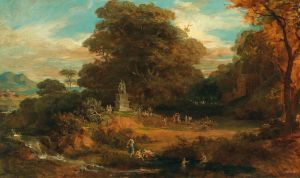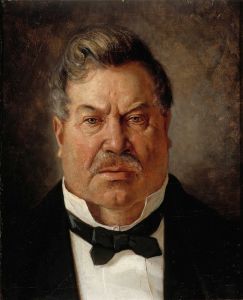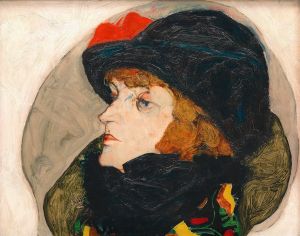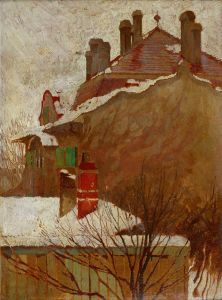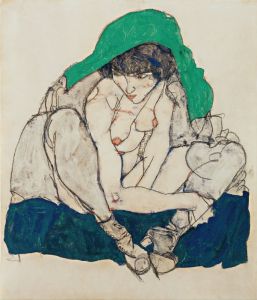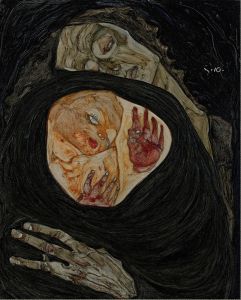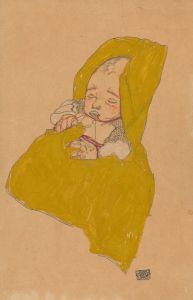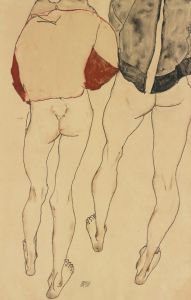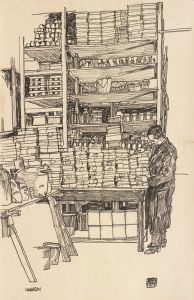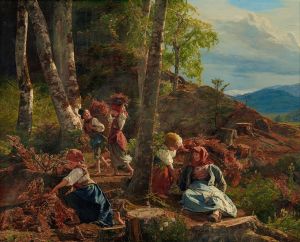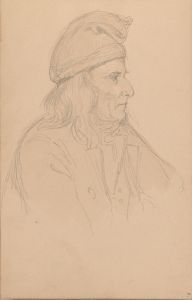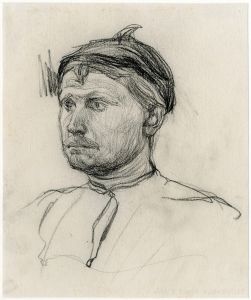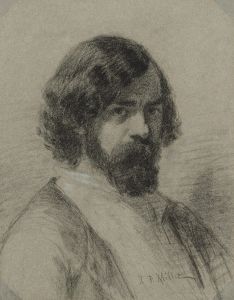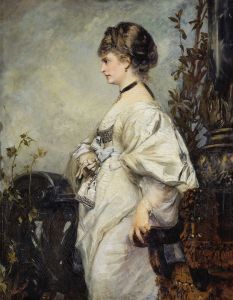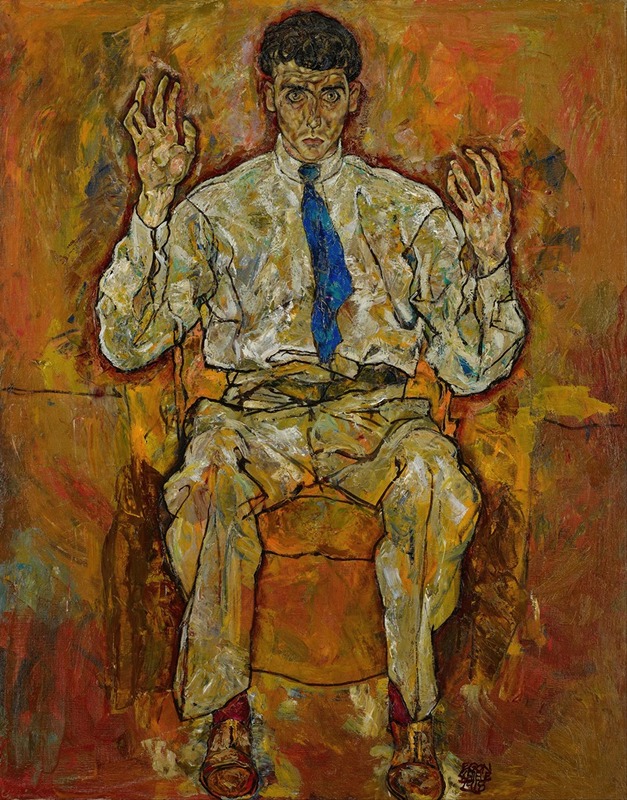
Portrait of Paris von Gütersloh
A hand-painted replica of Egon Schiele’s masterpiece Portrait of Paris von Gütersloh, meticulously crafted by professional artists to capture the true essence of the original. Each piece is created with museum-quality canvas and rare mineral pigments, carefully painted by experienced artists with delicate brushstrokes and rich, layered colors to perfectly recreate the texture of the original artwork. Unlike machine-printed reproductions, this hand-painted version brings the painting to life, infused with the artist’s emotions and skill in every stroke. Whether for personal collection or home decoration, it instantly elevates the artistic atmosphere of any space.
"Portrait of Paris von Gütersloh" is an oil painting created by the Austrian artist Egon Schiele in 1918. This portrait is one of Schiele's significant works, showcasing his distinctive style and his ability to capture the psychological depth of his subjects. The painting depicts Paris von Gütersloh, an Austrian writer, actor, and artist who was a close friend and influential figure in Schiele's life.
Egon Schiele was a prominent figure in early 20th-century Austrian art, known for his intense and often provocative works. He was a protégé of Gustav Klimt and a leading figure in the Expressionist movement. Schiele's work is characterized by its raw emotional intensity, bold lines, and often unsettling subject matter.
Paris von Gütersloh, born in 1887, was a multifaceted artist who played a significant role in the Viennese cultural scene. He was known for his contributions to literature, theater, and visual arts. His friendship with Schiele was marked by mutual respect and artistic influence. Gütersloh's support and encouragement were crucial for Schiele during his career.
In "Portrait of Paris von Gütersloh," Schiele employs his signature style of elongated forms and exaggerated features to convey the inner life of his subject. The painting is notable for its use of color and composition, which draw the viewer's attention to Gütersloh's intense gaze and expressive hands. The background is relatively plain, ensuring that the focus remains on the subject.
The portrait captures Gütersloh in a moment of introspection, with a serious and contemplative expression. Schiele's use of bold, angular lines and vibrant colors creates a sense of tension and dynamism, reflecting the psychological complexity of the sitter. The painting is a testament to Schiele's skill in portraying the human condition and his ability to convey deep emotional states through his art.
"Portrait of Paris von Gütersloh" is housed in the Leopold Museum in Vienna, which holds one of the largest collections of Schiele's works. The museum is dedicated to Austrian art from the second half of the 19th century and the first half of the 20th century, with a particular focus on the Vienna Secession and Expressionism.
Egon Schiele's career was tragically cut short when he died of Spanish flu in 1918 at the age of 28. Despite his brief life, Schiele left a lasting impact on the art world, and his works continue to be celebrated for their emotional depth and innovative style. "Portrait of Paris von Gütersloh" remains an important piece in understanding Schiele's artistic legacy and his relationship with his contemporaries.
The painting is a powerful example of Schiele's ability to capture the essence of his subjects, making it a significant work in the study of early 20th-century Austrian art. Through this portrait, viewers can gain insight into the dynamic and often turbulent world of Egon Schiele and his circle of friends and collaborators.





